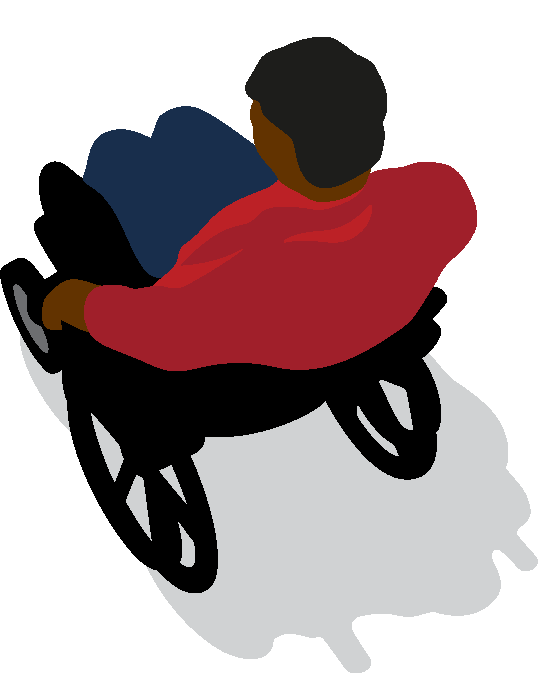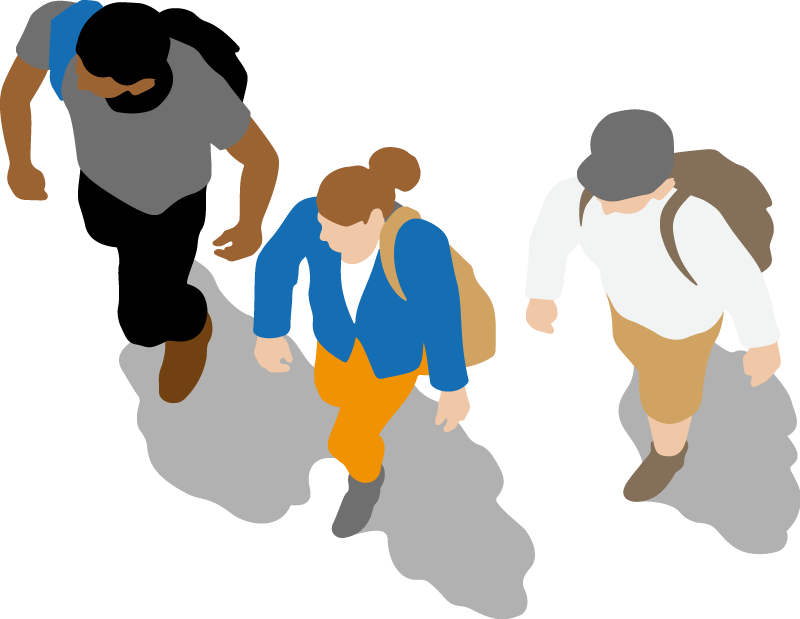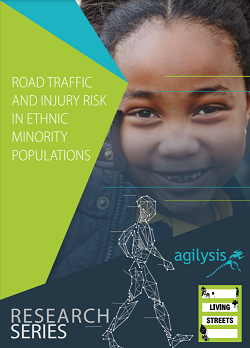Walking and inequality
What we say
People from poorer communities are more likely to be killed or injured on Britain’s roads - with those from ethnic minority groups (excluding white minorities) more at risk.
Our 'Road traffic and injury risk in ethnic minority populations' report, produced in collaboration with Agilysis, examined four groups of pedestrian casualties:
- ethnic minority (excluding white minorities) pedestrians living in deprived areas
- white pedestrians living in deprived areas
- ethnic minority (excluding white minorities) pedestrians living in non-deprived areas
- white pedestrians living in non-deprived areas.
The report finds that deprived ethnic minority (excluding white minority) pedestrians are more than three times more likely to be a casualty on Britain’s roads than white pedestrians in non-deprived areas.
Deprivation more than doubles the risk of becoming a pedestrian casualty. People from an ethnic minority (excluding non-white minorities) are 25% more likely to be a casualty than white pedestrians.
The research looked at ten years of GB collision data for correlations between risk and community deprivation and ethnicity.
This increased risk may be due, in part, to the amount of time spent as a pedestrian as people from ethnic minority groups and poorer communities are more likely to walk and less likely to have a car.
Levelling up is not just about jobs and wealth. It is also about the health and safety of our communities.
If we are serious about levelling up, we must be looking to make our streets safer for everyone.
Road safety inequality is a defining matter for our generation. We want to end it.
Findings in brief

Annual pedestrian casualties per 100,000:
Ethnic minority (excluding white minority) pedestrians living in deprived areas: 62
White pedestrians living in deprived areas: 48
Ethnic minority (excluding white minority) pedestrians not living in deprived areas: 24
White pedestrians not living in deprived areas: 20

What we want
Vision Zero
Living Streets demands the adoption of a Vision Zero Strategy - that is, a target of zero deaths and serious injuries on our roads by 2030.
People make mistakes, and policies must aim to protect them from fatal errors on roads. "Zero harm" is standard for health and safety at work, it should be the same on our highways.
Councils in Blackpool, Brighton & Hove, Edinburgh & Northern Ireland agree. Let's make this nationwide.
Knowledge
Living Streets is calling for more research so we can better understand the causes of these worrying statistics.
"This initial analysis highlights that a problem exists but more work needs to be done to understand why it is a problem and what could be done to address these inequalities," says Agilisys Chairman, Dan Campbell.
Action
We can start right away.
Active Travel Academy research has found that low-traffic neighbourhoods established during the coronavirus lockdown are benefitting poorer and ethnic minority communities in London, after local authorities and Transport for London used equity criteria in their planning processes.
Living Streets wants this approach be adopted nationwide, so that low-traffic neighbourhoods are targeted at areas with the greatest risk of road collisions.

